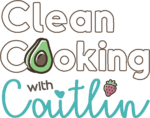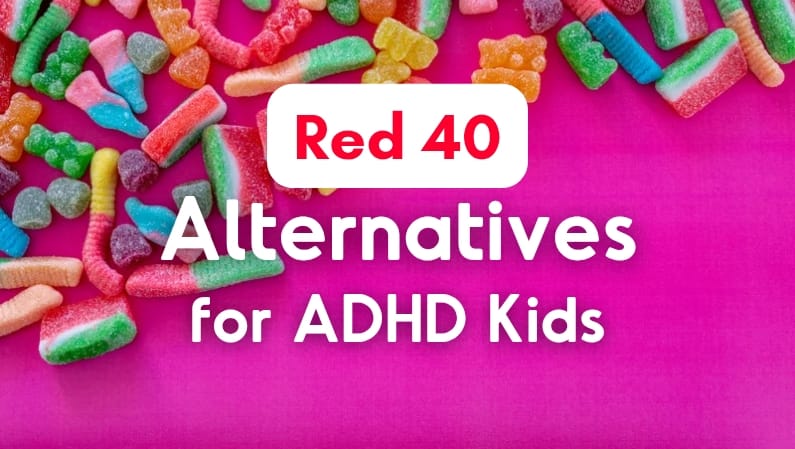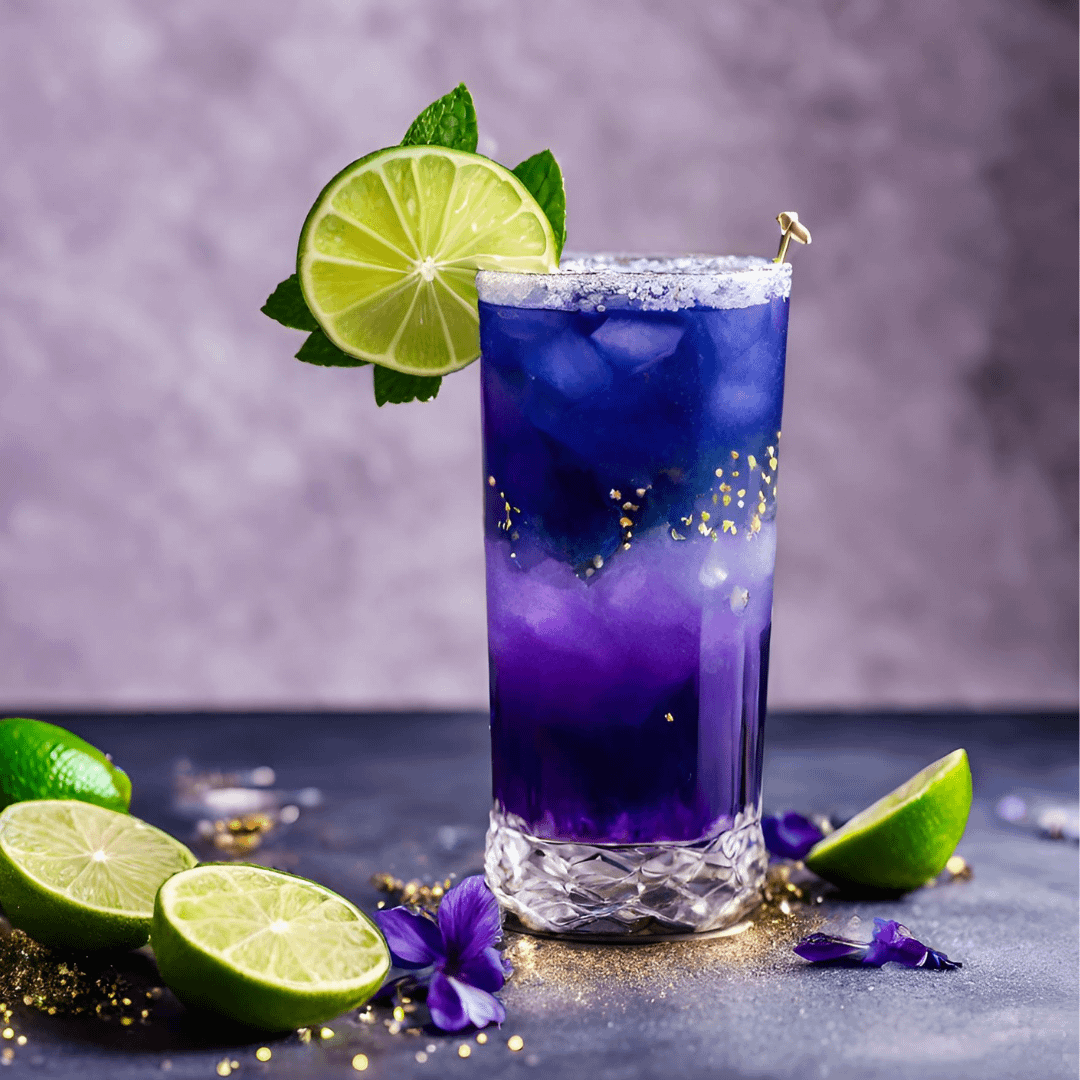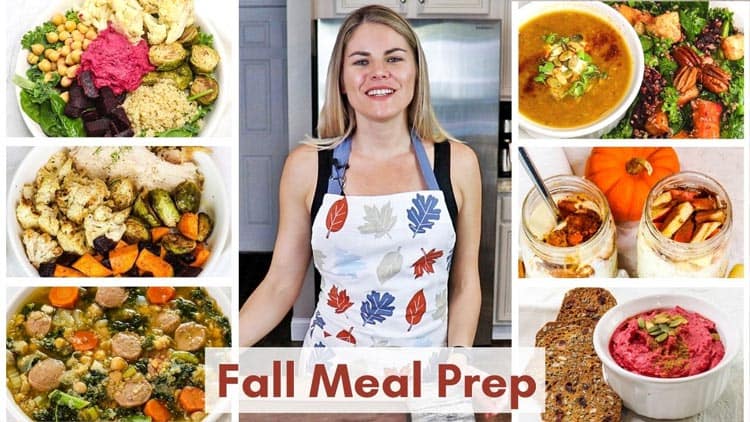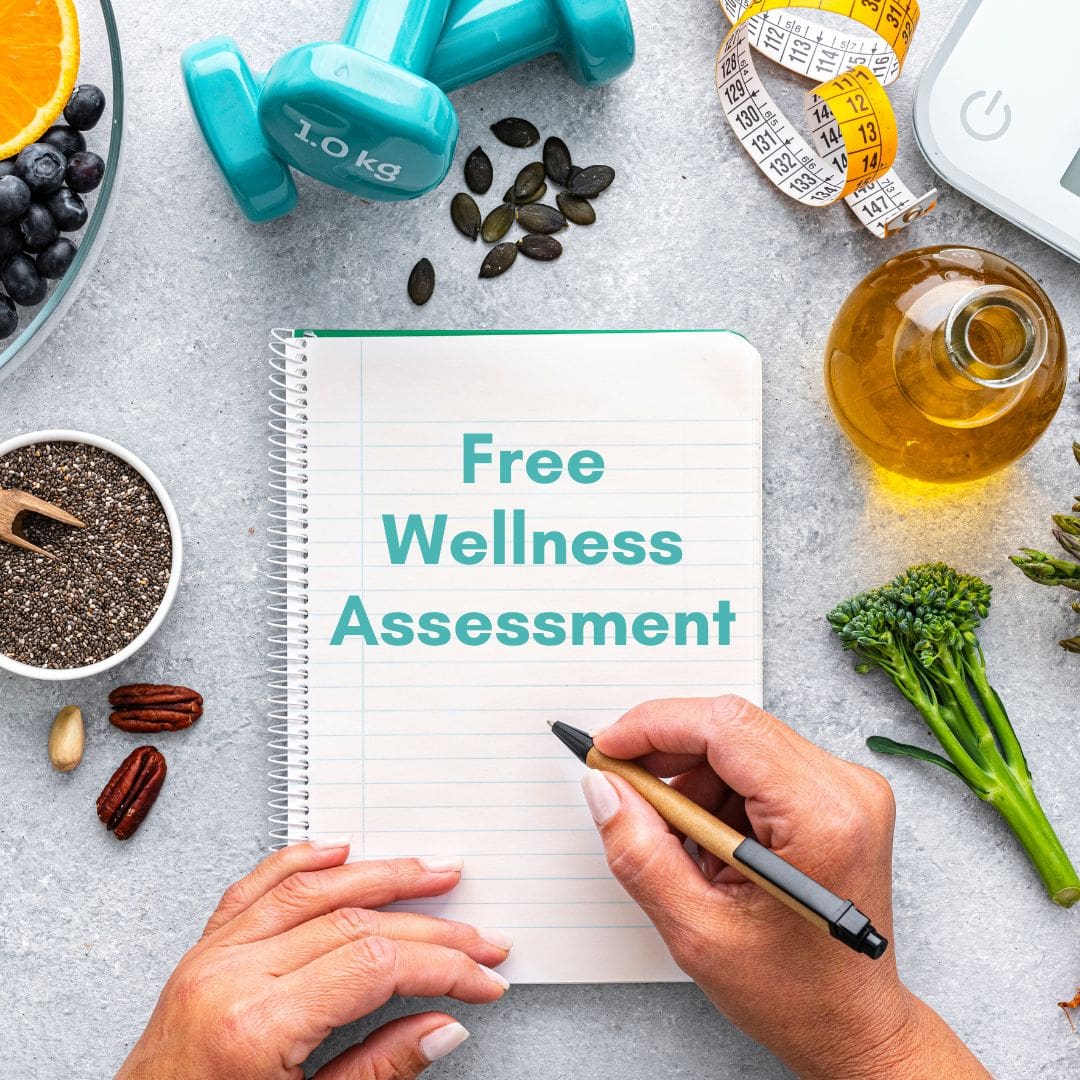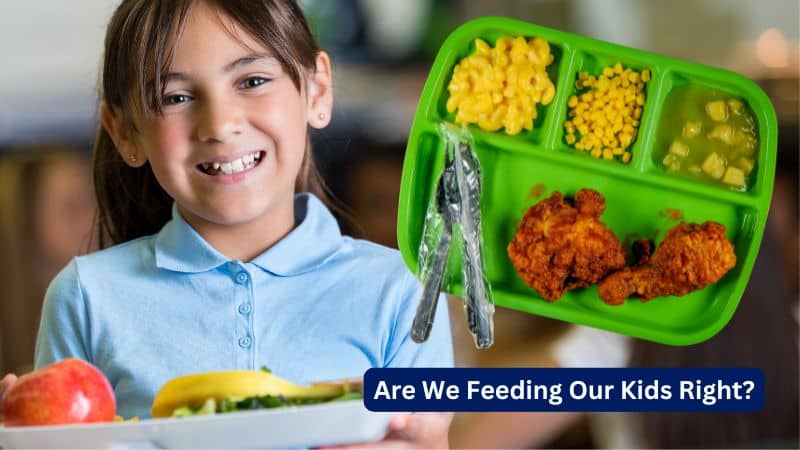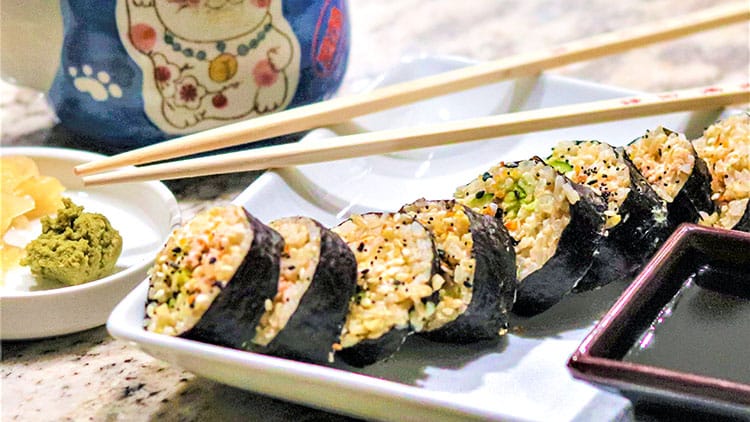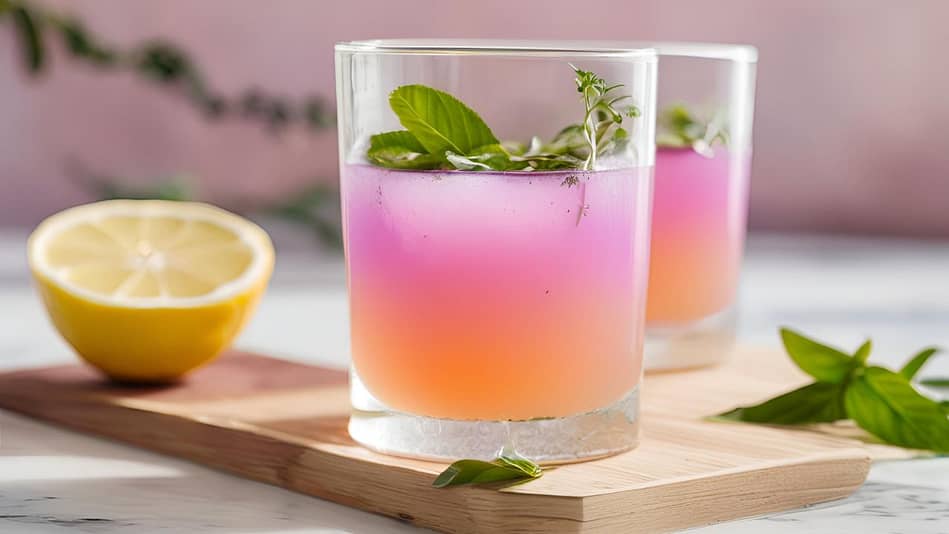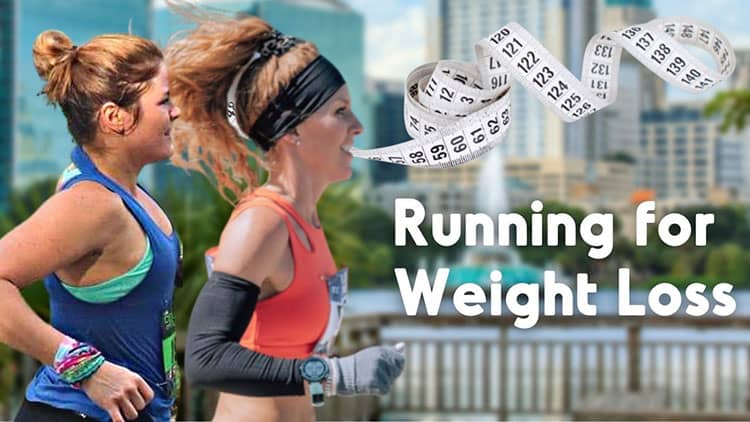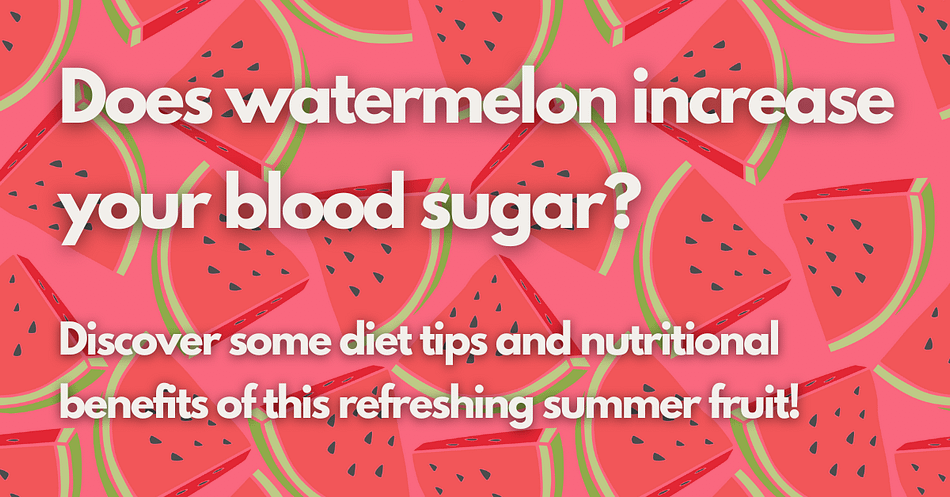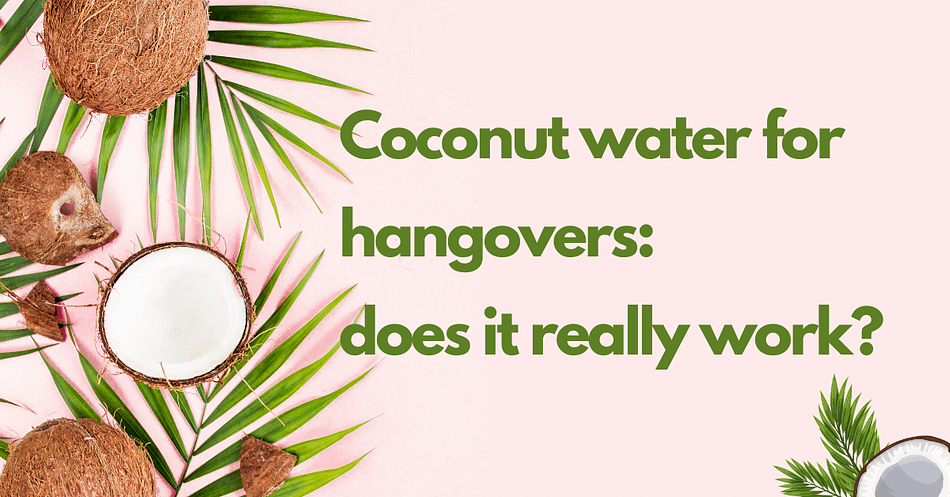Share This


Pages on this site may contain affiliate links, meaning if you book or buy something, I may earn an affiliate commission at no additional cost to you. Thank you for your support! Learn More
Also note: While I am a certified nutrition coach, I am not a medical doctor. Information here is not intended to be a replacement for the advice you should seek from your doctor.
As a busy mom juggling five kids—including a teenager and preteen both diagnosed with ADHD—I’ve discovered that snack time can quickly turn into chaos, especially when my kids secretly grab those vibrantly colored snacks loaded with artificial ingredients like Red 40. If you’ve ever thought, “is red 40 ok?” or “how much red 40 is too much?” you’re not alone, especially when trying to manage ADHD symptoms and win the never-ending broccoli battle.
What’s the Big Deal About Red Dye 40?
Red 40, officially known as Allura Red AC, is an artificial dye derived from petroleum (yikes!). It’s found in tons of kid favorites, from candy and cereal to snacks and drinks. Unfortunately, Red 40 has been linked to hyperactivity, impulsivity, and behavioral issues—particularly in kids with ADHD (Cleveland Clinic). While there’s no full nationwide ban in the U.S., Red 40 is strictly regulated or banned in other countries, including Europe, for good reason (ABC News).
My Real-Life Mom Moment: Why We Ditched Red 40
Let me be real—ADHD parenting is no joke. In our house, I’ve clearly seen how artificial food dyes worsen my kids’ symptoms. After sneaky snacks at school, their focus evaporates faster than my morning coffee, moods swing more than my toddler at nap time, and impulse control practically disappears. That’s why I’ve gotten serious about checking labels and serving up tasty, healthier alternatives.
Snacks to Double-Check for Red 40
You’d be surprised at some popular snacks hiding Red 40 (Women’s Health):
- Candies: Skittles, Swedish Fish, Jolly Ranchers, Wild Cherry Lifesavers
- Breakfast Cereals: Froot Loops, Lucky Charms, Apple Jacks, Cap’n Crunch
- Chips & Snacks: Doritos (Nacho Cheese and Spicy Sweet Chili), Cheetos, Takis
- Drinks: Hawaiian Punch, Kool-Aid, Mountain Dew Code Red
- Desserts: Frosted Strawberry Pop-Tarts, Pillsbury’s Funfetti Frosting
❤️❤️ Don’t miss a recipe or post! Make sure you remember to sign up for my Newsletter and follow me on social ❤️❤️!
Get Your Free Stuff!
Kid-Approved, ADHD-Friendly Snack Alternatives
Good news: ditching Red 40 doesn’t mean ditching flavor or fun. My kids and I have tested and approved these tasty swaps:
- DIY Fruit Leather: Blend fresh berries or apples, spread thin, and bake. Simple, sweet, and totally dye-free!
- Natural Gummies: Brands like YumEarth and Annie’s use fruit and veggie colors (hello, beet juice!) to keep treats tasty and fun.
- Seasoned Popcorn: Skip chips by seasoning popcorn with nutritional yeast, herbs, or beet powder—yes, it’s delicious! Check out my Doritos seasoning recipe, great for popcorn and other bland snacks. Just take the cayenne out for the kids – it makes it spicy.
- Real Fruit Pops: For a truly whole food plant-based recipe – check out my Fruit Electrolyte Popsicles recipe.
- Fun Fruit Water: Infuse water with fresh berries, cucumber, and mint instead of reaching for sugary dyed drinks.
- Bake Together: Turn baking into family fun time, using natural colorings like spirulina and beet juice for vivid treats that feel like magic. Check out my no-dye Rainbow pancakes.
How to Spot Sneaky Red 40 on Labels
Watch for these tricky aliases:
- Allura Red AC
- FD&C Red No. 40
- CI Food Red 17
- E129
Advocating for Better Food Choices
More parents (and states like California!) are taking notice and advocating for clearer labeling and restrictions on artificial dyes (EWG). While there’s still no nationwide ban, California has recently banned it, and other states are actively working on similar measures (USA Today). It’s an exciting step towards healthier kids and happier parents.
As much as swapping out artificial colors for natural alternatives is a great step, my ultimate goal is getting kids excited about wholesome, whole food, plant-based snacks. Think crisp apples, creamy bananas, and crunchy carrots dipped in peanut butter—snacks that nourish bodies, support brain health, and provide sustained energy. It might feel ambitious (especially with picky eaters), but introducing these simple, nutritious options can help cultivate healthier eating habits and manage ADHD symptoms more effectively.
Snack Smart, Stay Sane
From one busy mom to another—small dietary swaps make a big difference. Reducing artificial dyes like Red 40 has noticeably improved my kids’ ADHD symptoms, making snack time less stressful and more joyful. Give it a try; your family might just thank you!
Let us know you’re favorite snack alternative in the comments; and, you found this article intriguing, check out these articles:
